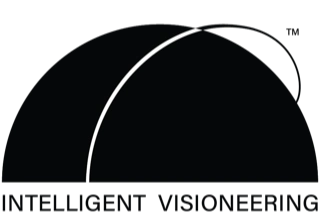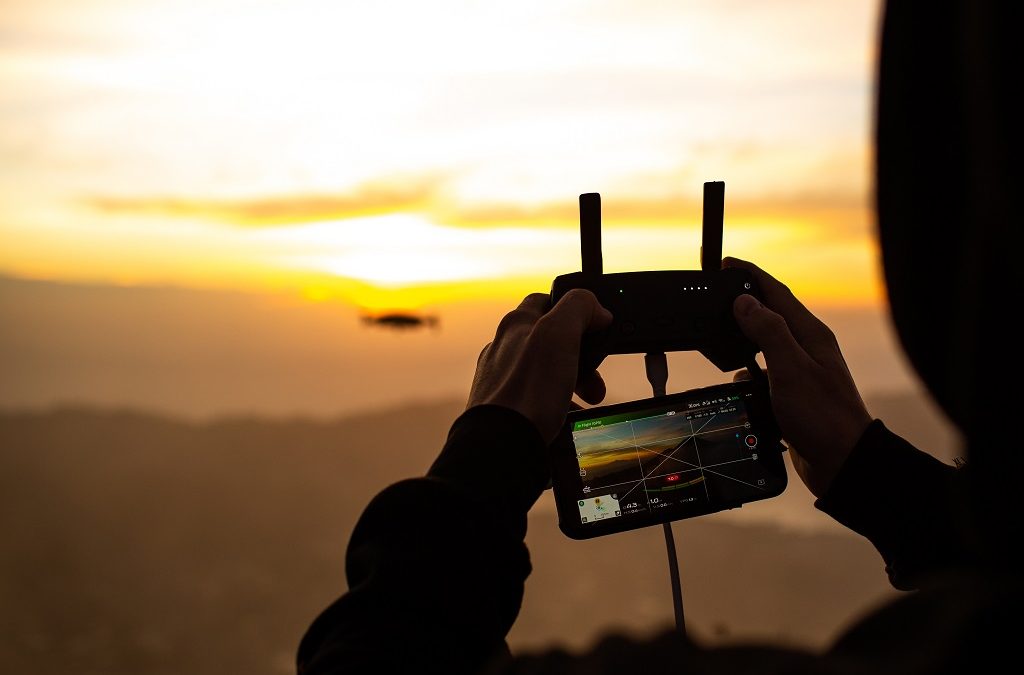Why Are UAV Experts Turning to Mesh Networking for Drones?
The Unmanned Aerial Vehicles (UAVs) are gaining part of the defense, surveillance and commercial activities. Uses of missions that are more complex and missions that require rapid speed, reliability and security have led to higher demands of fast, reliable and secure communication between various drones.
Traditional communication systems are usually prone to having a central hub, which means that they will easily lose signals and interfere. This drawback has forced specialists to look at mesh networking for drones, an evolving solution that will boost connectivity, autonomy, and situational awareness in mission-centric circumstances.
Intelligent Visioneering has more than 50 years of experience in the U.S. air force operations, and it is aware of the communication challenges in UAV systems. The company assists defense and commercial partners in embracing next-generation networking solutions to enable the modern warfighter, through its long history of air, space, and nuclear strategic missions.
Understanding Mesh Networking for Drones
Mesh networking of drones enables UAVs to interact directly with each other rather than use a ground station or control node. Each drone in this system is a transmitter and a receiver, creating a system of self-healing networks. In case of a lost connection, the information automatically bypasses the lost connection using the additional available drones, maintaining connectivity.
Not only does this decentralized solution increase reliability but it also aids in real-time communication of data when an aerial mission is underway. Mesh networks can be used to coordinate the activities of both live and simulated assets when combined with live-virtual-constructive (LVC) environments. This will help coordinate the missions better and provide mission commanders with a full picture of the operation.
The Intelligent Visioneering employs its experience in systems engineering to steer small technology firms to find mesh-enabled solutions in UAVs that address the Department of Defense (DoD) innovation requirements.
Key Advantages of Mesh Networking in UAV Systems
This trend of transitioning to mesh networking of drones is inspired by a number of operating benefits. First, it removes the single point of failure, which appears in the traditional systems, enhancing resilience to missions. The nodes in the mesh have the effect of providing a backup and ensure that communication can be maintained in difficult terrain or when there is an interference of a signal.
Second, mesh networks make communication networks reach a wider distance without incurring extra infrastructure. Beyond Line of Sight (BLOS) The capability to pass the data through other nodes enables drones to transmit it over longer distances, which is a vital benefit of drone missions.
Third, such networks are real-time adapted. As the drones move, the network topology is dynamically adjusted to ensure all the participants are connected. Mesh networking for drones is most suitable for missions that require unpredictable movement patterns and this situation is as a result of this flexibility; surveillance, disaster response, or other tactical operations.
Intelligent Visioneering, through its long-term partnership with the Air Force life cycle management center and defence prime contractors, still helps in the development and testing of these adaptive UAV communication architectures.
Applications Transforming with Mesh-Enabled Drones
Drones mesh networking is changing various fields in and outside the defense field. In military use, it allows swarming, in which groups of UAVs can be used to coordinate reconnaissance, surveillance, or strike operations without a single operator controlling them. This is due to the capacity of ensuring fluent communication, which increases safety and operational efficiency.
Mesh networks in emergency response situations assist search and rescue operations by guaranteeing that drones are able to exchange live video and sensor data even when there is no ground network. Drones In a similar manner in agriculture, energy, and infrastructure inspection drone fleets can operate based on mesh connectivity to collect high amounts of data over a broad area, decreasing downtimes and enhancing precision.
The experience in the field of nuclear command-control-communications, mission planning, and low-observable operations enables Intelligent Visioneering to fill the gap between the experimental mesh technologies and the actual use. The company supports the adoption of mesh-enabled UAV in various industries by supporting small businesses and research organizations to accelerate the adoption of mesh-enabled UAV.
How Mesh Networks Overcome Real-World Challenges
Operations should take place in unpredictable conditions like jamming, terrain obstruction or weather interference more so in the real world. In such situations traditional forms of communication might not work, mesh networks are constructed to change. The system eliminates the need to have one point of contact, as communication duties are spread among drones.
In addition, mesh networking will improve the security of the data. The fact that information may follow several paths before getting to its destination also makes it difficult to intercept or disrupt the transmissions by adversaries. This is a feature especially useful with defense missions that need coordination and operational integrity.
Intelligent Visioneering has also been involved with its organizations such as the Armed Forces Communications and Electronics Association (AFCEA) and the Air Force Association (AFA) in terms of advocacy in the implementation of secure and scalable UAV communication architectures, which are responsive to the needs of complex missions.
Future of UAV Collaboration Through Mesh Networks
The second step of UAV development is in co-operative liberty. With the development of artificial intelligence and machine learning, drones will turn to mesh networking, to distribute decisions, process distributed data and implement coordinated missions without having to be spent on people all the time.
Such a team-oriented structure will allow UAVs to act as cohesive units – detecting threats, reconfiguring formations and reacting on-the-fly to dynamically changing missions. Mesh networks will be the basis of this future, which will enable data flow across hundreds of airborne units without any hitches.
Having a history of veteran-owned heritage and decades of aerial R&D and mission planning expertise, Intelligent Visioneering is committed to serving DoD innovation initiatives. The company guarantees the U.S. technological advantage in both military and commercial use of UAVs by assisting small businesses to build in new complex networking facilities.
The Bottom Line
Mesh networking for drones is a drone communication and coordination innovation. It offers high reliability and adaptability as well as scalability which are not possible with traditional systems. Mesh networks are redefining real-time collaboration and information exchange among drones used in defense missions, disaster response, and commercial purposes.
Being a Veteran-Owned Small Business, Intelligent Visioneering will use over 50 years of operational experience to steer small technology companies on the path to success in the defense and aerospace industry. In military communications and systems engineering, the company has a history of experience in mission planning as well as network design, in such a way that all projects are of the best performing and reliability.
Intelligent Visioneering is capable of providing the mission knowledge and technical expertise needed to bring permanent change to organizations willing to consider drone networking as the future.

